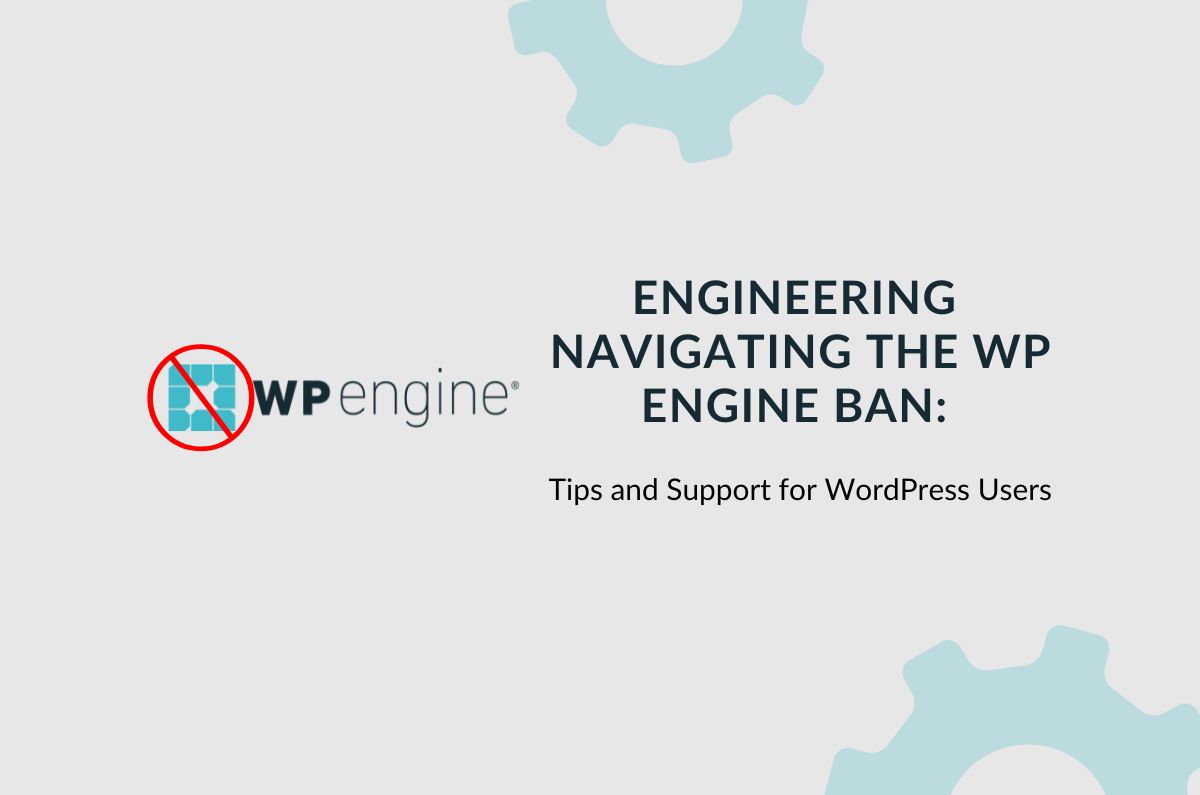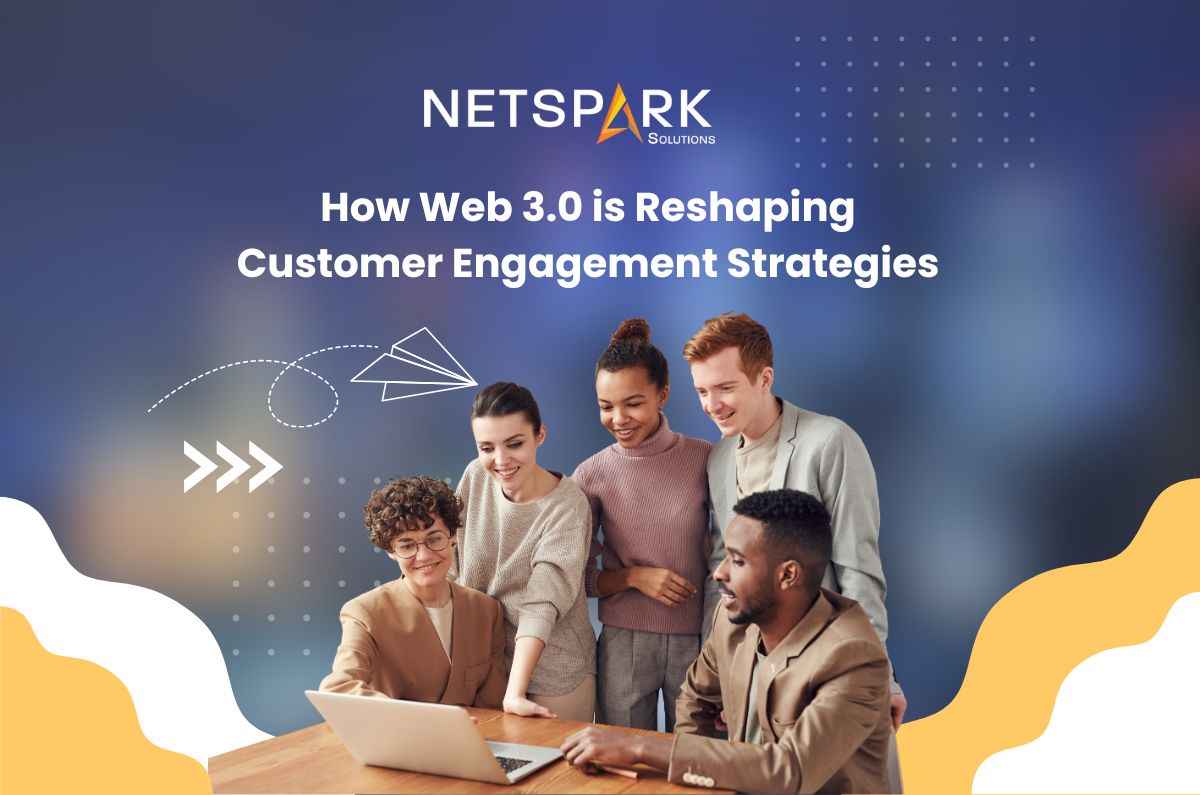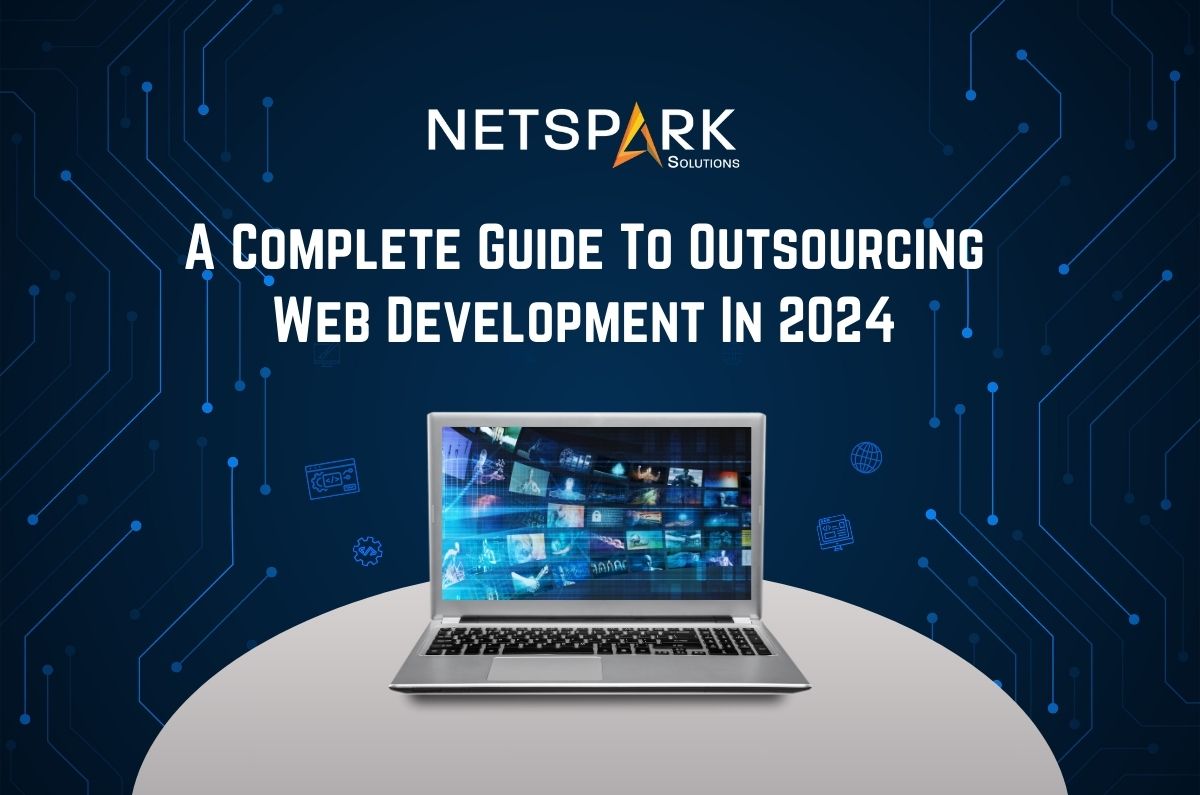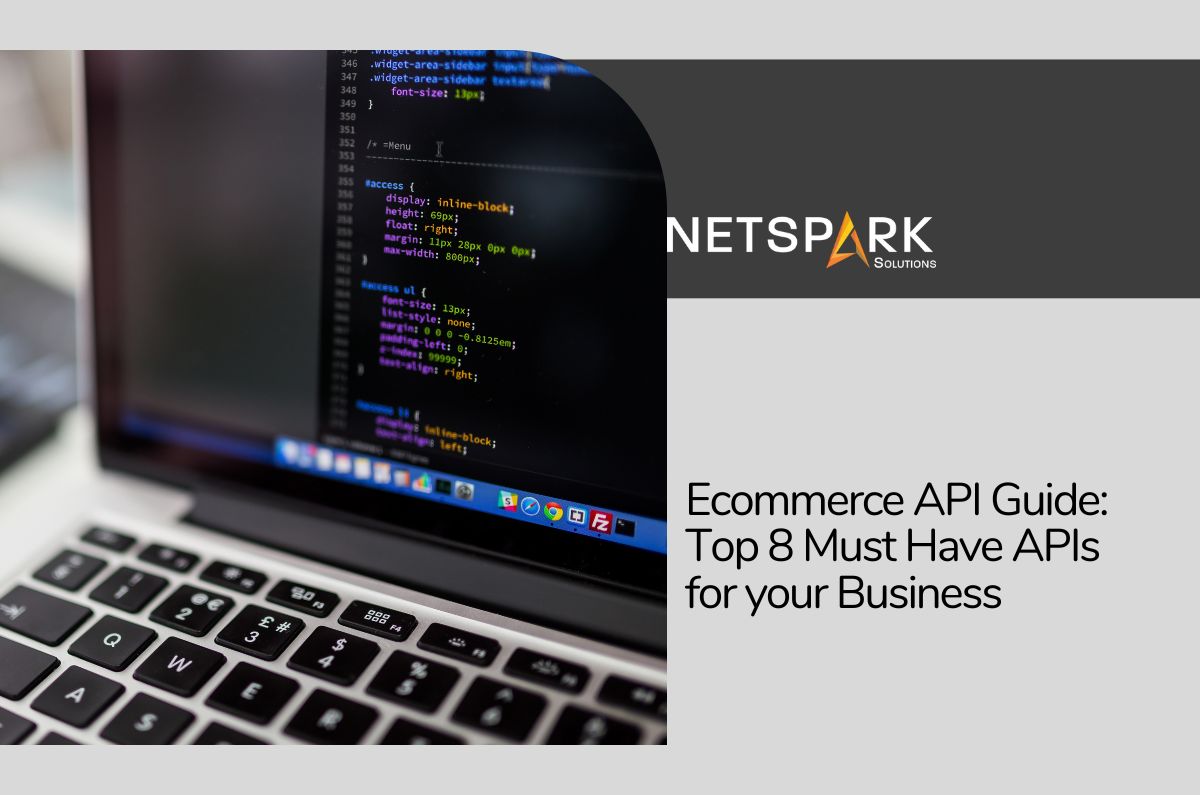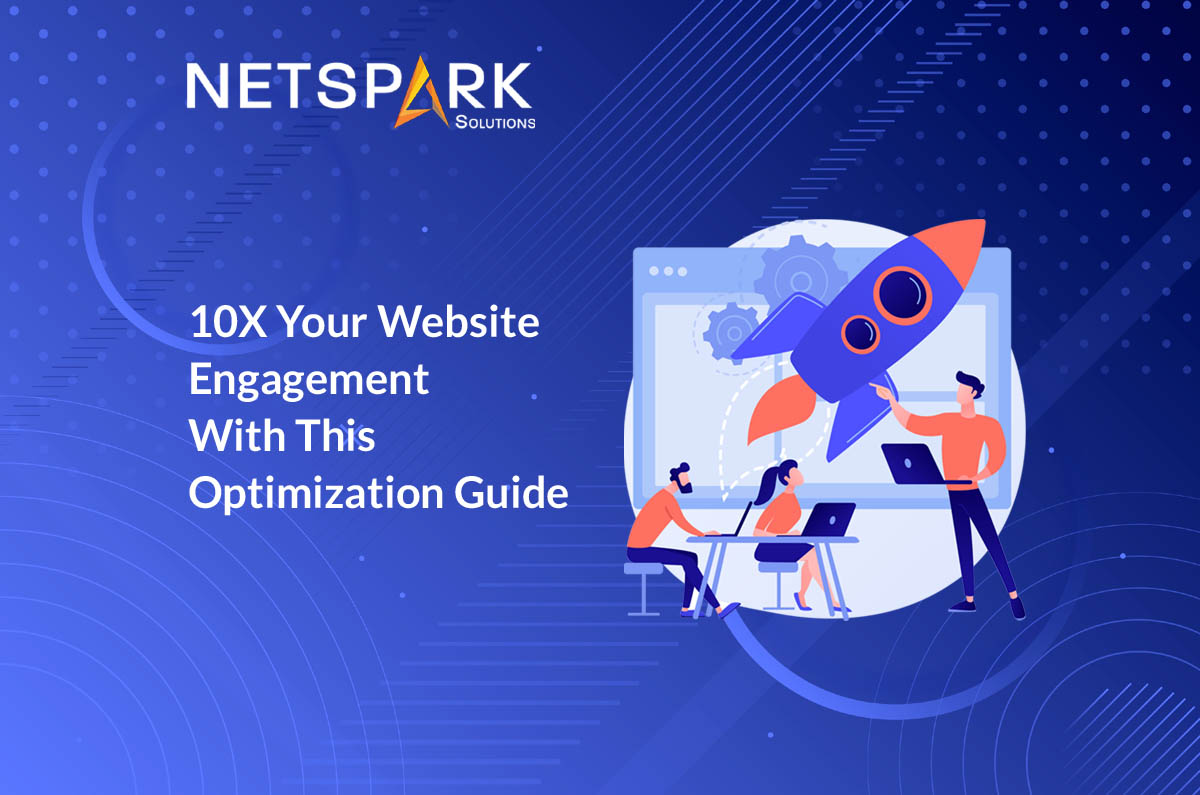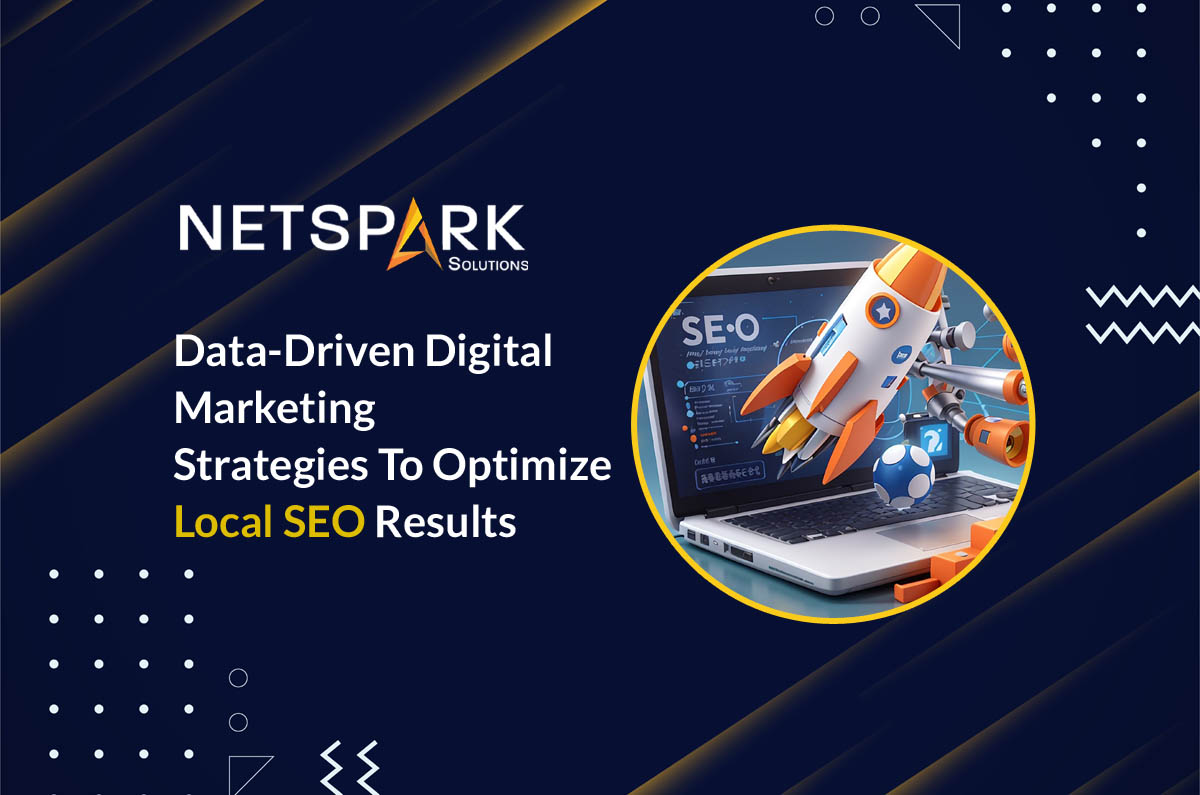It’s no secret that Shopify has emerged as one of the most popular ecommerce platforms in the market. Its ease of use and multi-functional architecture are a few reasons why merchants, across the globe, choose Shopify to construct and manage their online shops. Over the years, the ecommerce website builder has catered to varying business objectives and helped millions of merchants set up their online shops.
However, it’s also safe to say that running and managing a Shopify store is not a cakewalk. If you don’t continuously monitor your store’s performance and implement the required actions to ensure it stays optimized to deliver a user-friendly shopping experience. While managing a Shopify store, merchants are bound to encounter several roadblocks that might damage their website’s performance and result in poor conversions.
As a Shopify merchant, it’s your responsibility to mitigate these issues and ensure your website keeps the shoppers engaged all the time. In this comprehensive guide, we have put together some of the most common Shopify issues merchants encounter and the best ways to mitigate them.
Poor Site Speed
Page loading speed is one of the crucial factors for any ecommerce website. If your product pages take too long to load, you’ll most likely end up losing potential sales. The general thumb rule says that 40% of customers will leave a website if it takes longer than 3 seconds to load.
When merchants set up a Shopify store, they integrate multiple plugins and extensions to integrate the desired functionality. However, it’s also worth noting that these plugins can drastically slow down your website, resulting in poor user retention. One of the easiest ways to optimize page loading speed is to limit the number of apps and plugins you use. Go through your dashboard once again and check if all the installed plugins are necessary or not.
Some of the other effective strategies to optimize page loading speed are to optimize your images to reduce their size, compress your code, and use a dedicated content delivery network (CDN) to deliver your content faster.
Payment Gateway Integration
A payment gateway is an integral part of any Shopify store. By integrating a secure payment gateway into an online store, merchants allow their shoppers to pay for their orders using different online payment modes.
As of today, Shopify supports a variety of payment gateways such as PayPal, Stripe, and Authorize.net. In addition to these default payment gateways, merchants also have the liberty to integrate a third-party API.
However, while integrating third-party payment gateways, it can become challenging for merchants to add the required functionality. Why? Because the majority of third-party payment gateway integrations take time and require technical expertise as well. That’s why Shopify experts often advise merchants to either stick to the default-supported payment gateways or hire a team of professional Shopify developers if they want to integrate a third-party payment gateway.
Theme Customization
Being one of the most popular ecommerce platforms, Shopify provides a wide range of theme options to its merchants. If you go through Shopify’s theme store, you’ll find hundreds of themes (both free and paid) that are curated to cater to different industries.
Regardless of the theme you choose to set up your online store, it’s safe to say that you would want to customize it at some point in the future. However, customizing Shopify themes is not an easy process.
Even if you’ve chosen the most basic theme for your online store, you’ll have to deal with multiple lines of code to customize it. Again, having technical expertise will be necessary if you want to personalize your ecommerce shop to match your brand’s overall voice.
So, it would be better to hire a dedicated Shopify development company or Shopify experts to customize the theme according to your style. These professionals have years of experience and have worked on multiple Shopify stores over the years. They’ll implement the best design practices to personalize your store in no time.
SEO Optimization
Attracting organic traffic is the primary goal of every ecommerce store. Regardless of what you may have heard, SEO is still as effective as it was 5 years ago in terms of bringing quality leads to a website.
However, it’s also important to understand that SEO has changed drastically in the past few years. The tactics that used to work 2-3 years ago may not yield the same results in 2023 and beyond. In fact, some of these tactics have been blacklisted by Google, which means if you continue to use them, your website may even receive a Google penalty.
Achieving the desired growth through SEO requires merchants to be familiar with the latest SEO trends. An easy way to tackle this situation is to hire dedicated SEO experts and let them build a personalized SEO campaign to push your website’s search engine rankings.
Even though Shopify has a built-in optimization tool, it’s not enough. You also need to optimize your product descriptions, titles, and meta tags. A team of professional SEO experts will handle both on-page and off-page SEO for your website and optimize it from the ground up to help you attract the desired organic traffic.
Inventory Management
Inventory management is another common challenge faced by many Shopify merchants, especially when they want to sell a large number of products in their stores. Even though Shopify has a dedicated inventory management system, it fails to deliver the desired performance for large-scale ecommerce stores.
This is the reason why many ecommerce merchants integrated third-party inventory management systems for easy product management and better transparency. Third-party management systems are equipped with all the necessary tools you’ll need to track inventory and manage your daily/weekly sales.
These third-party tools can also generate comprehensive analytic reports to help merchants closely monitor the overall performance of their business.
The Bottom Line
It’s no doubt that Shopify is one of the most reliable and feature-rich ecommerce platforms. Throughout the years, millions of merchants have used the platform to set up and manage their online shops. Being a full-scale ecommerce platform, it’s no surprise that merchants are bound to encounter several technical issues while setting up or managing their stores. The above-mentioned issues are only the tip of the iceberg. Merchants can also come across several other issues with their Shopify stores. To avoid these scenarios, it’s always advised to hire professional Shopify experts and let them manage your online store to prevent unexpected roadblocks and downtime.



